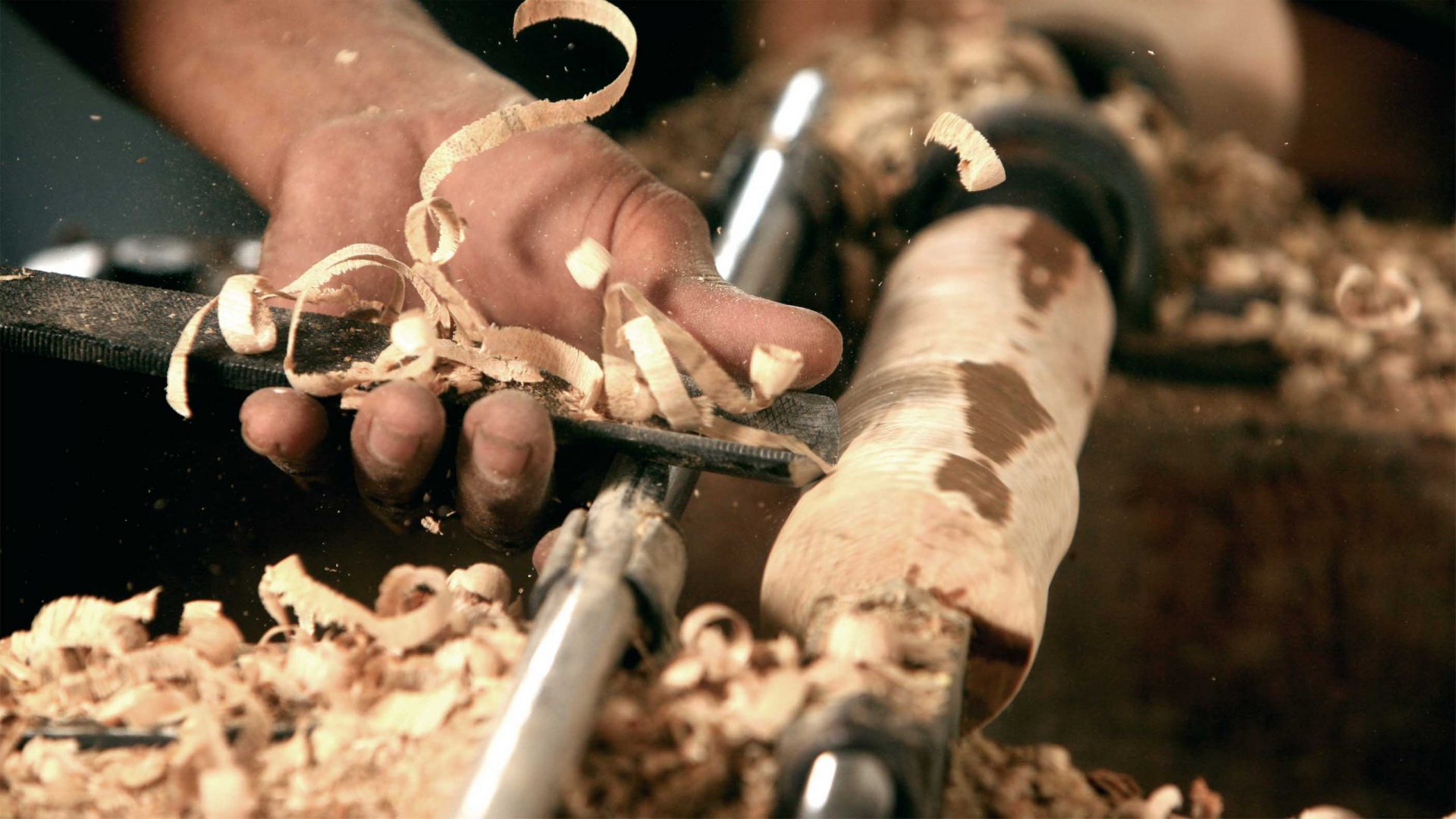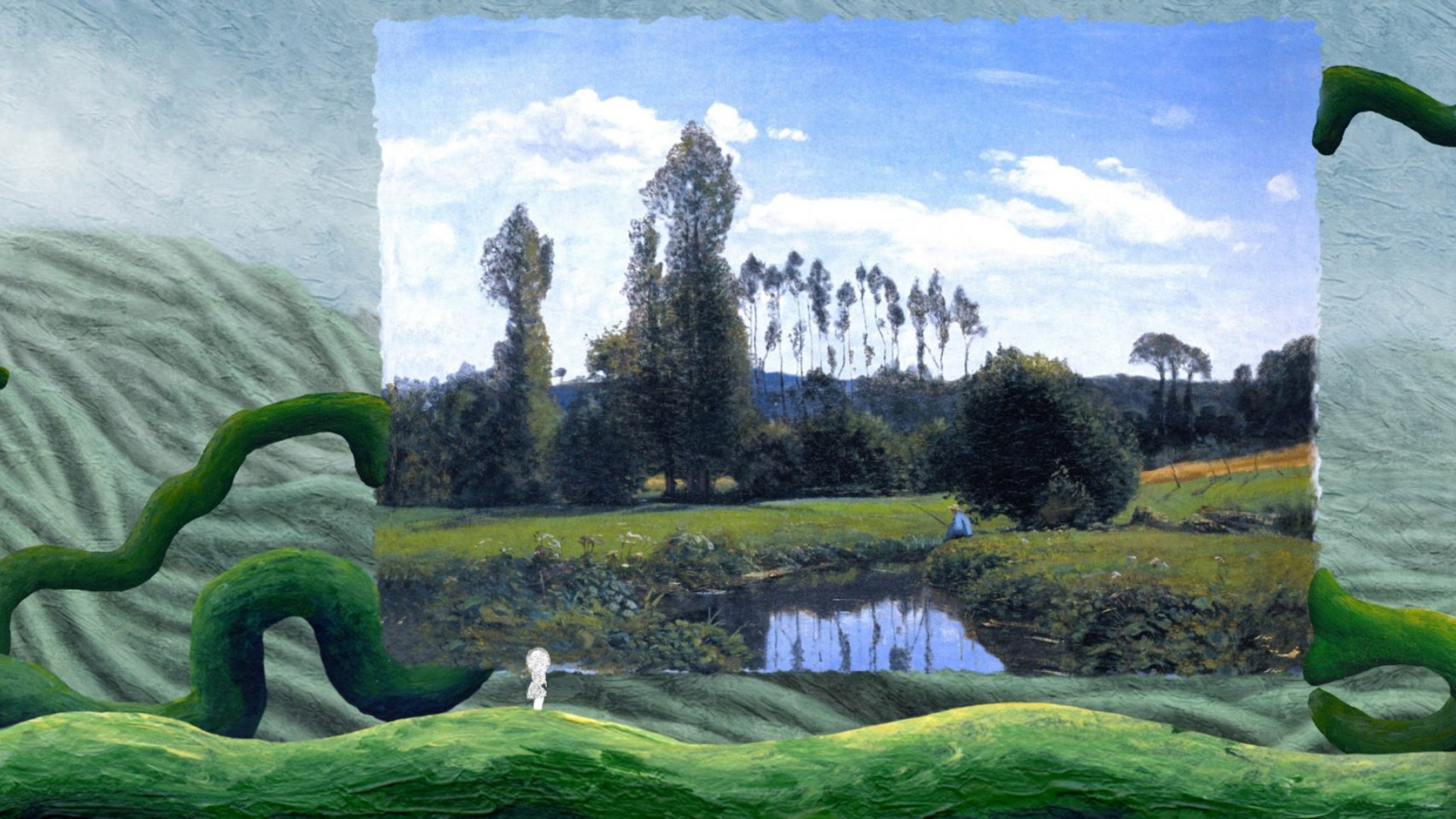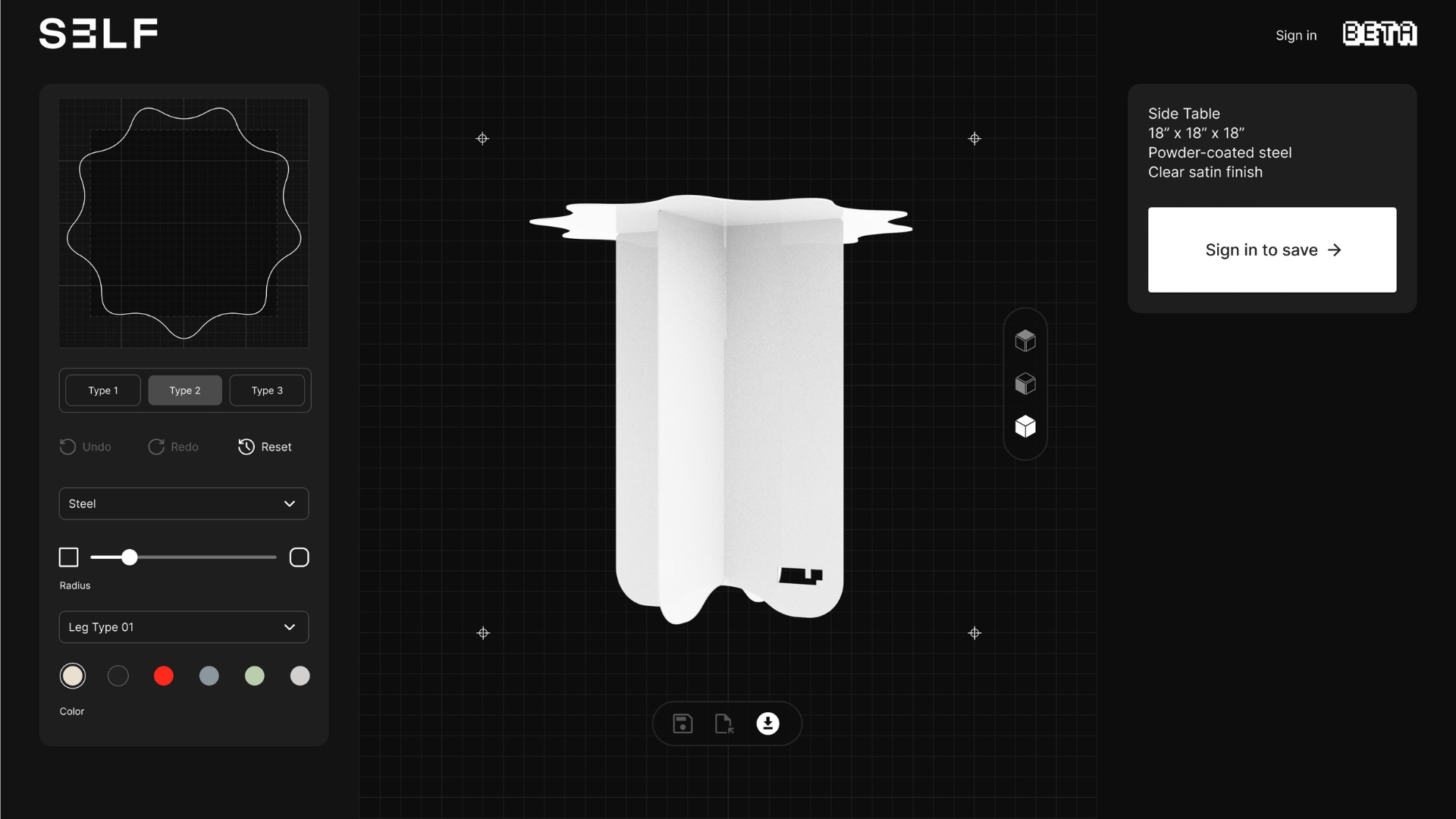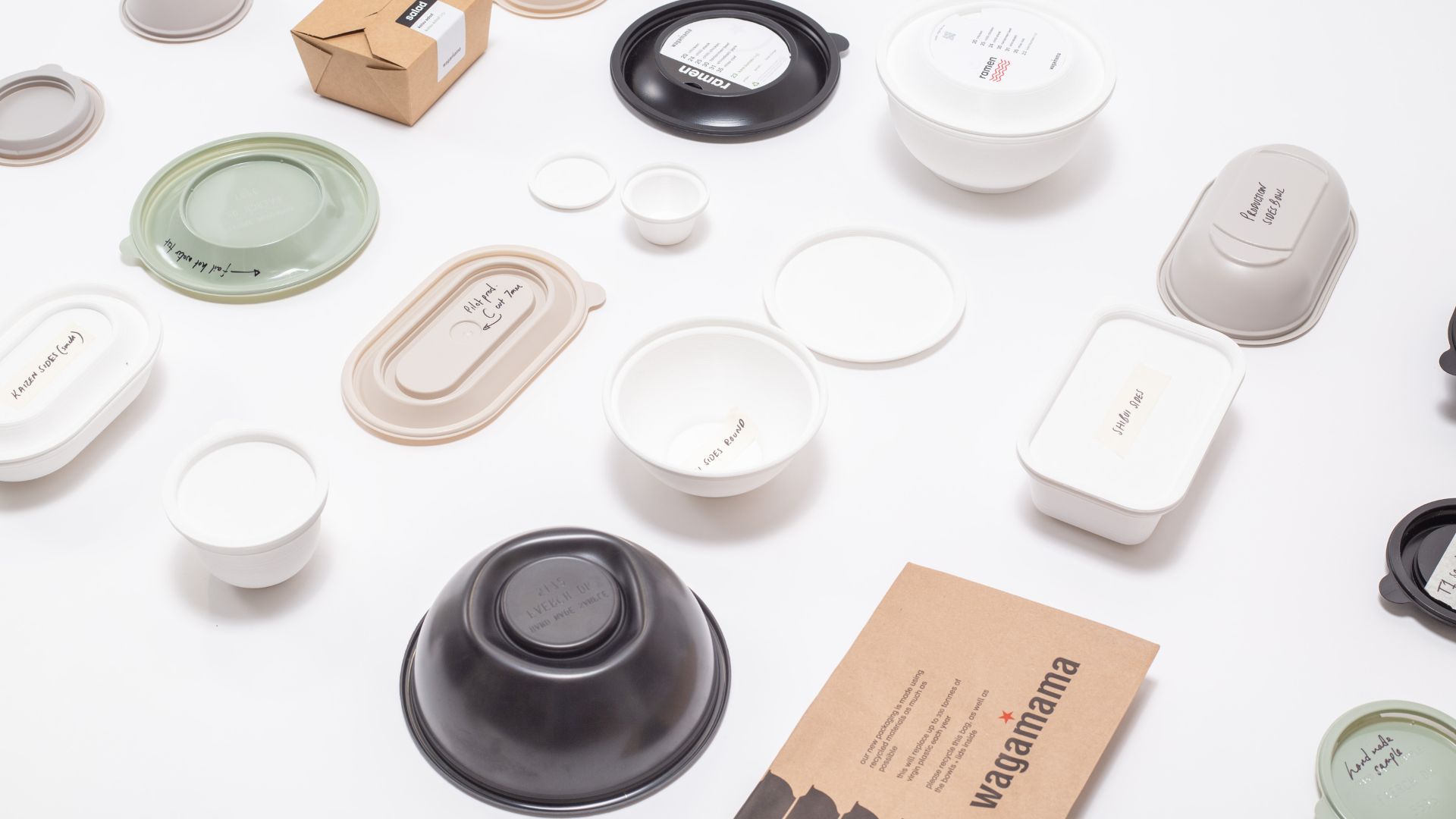Laufen’s Colour Archaeology unearths ancient hues at Milan Design Week 2024
The Swiss bathroom specialist unveils a new 12-colour palette for its ceramics, developed in collaboration with Roberto Sironi Studio.
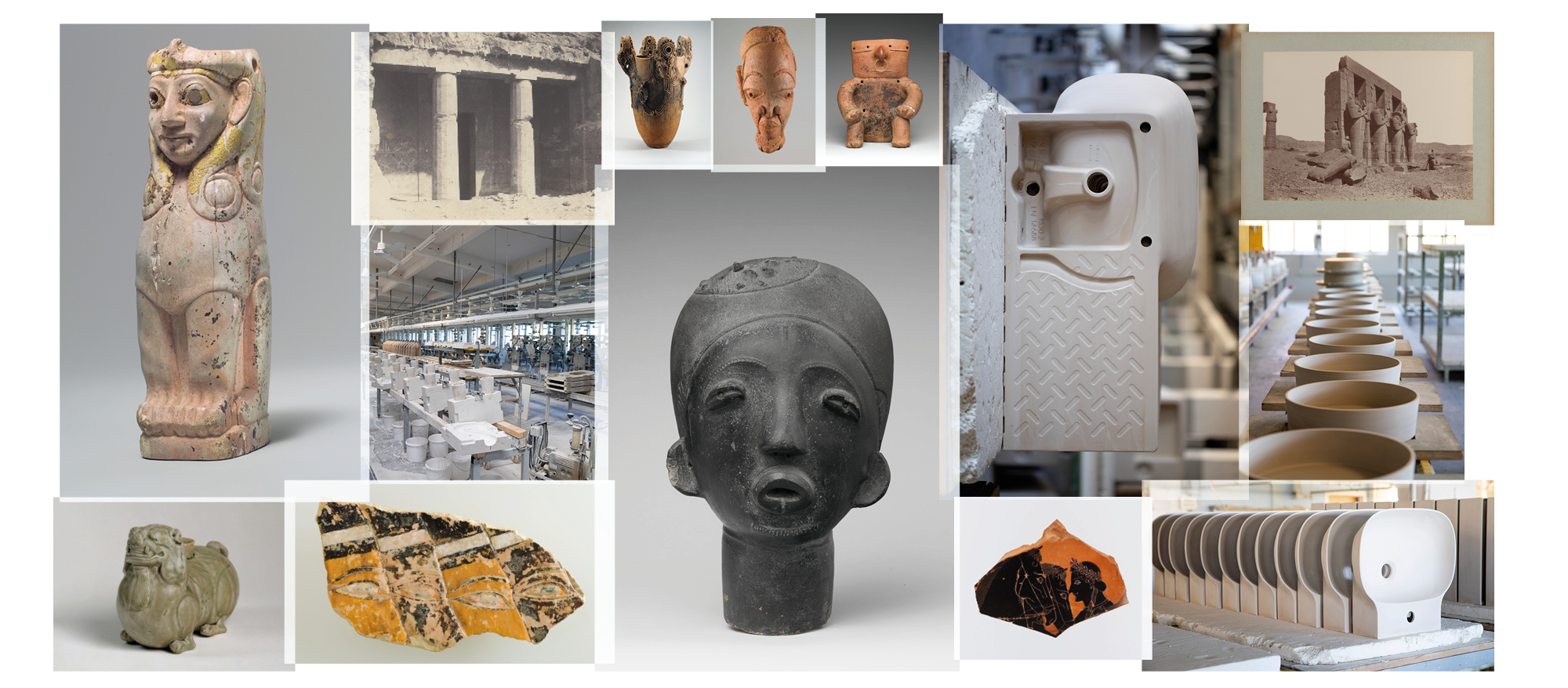
At Milan Design Week, Laufen is set to unveil a project that transcends time and space: Colour Archaeology, an innovative venture that promises to redefine the boundaries of design by delving into the rich tapestry of ancient ceramic cultures.
Colour Archeology is a collaboration between Laufen, the Swiss company founded in 1892 which specialises in the manufacturing of intricate ceramic elements providing complete bathroom solutions, and Roberto Sironi Studio, a visionary Italian designer who established his namesake studio in 2015.
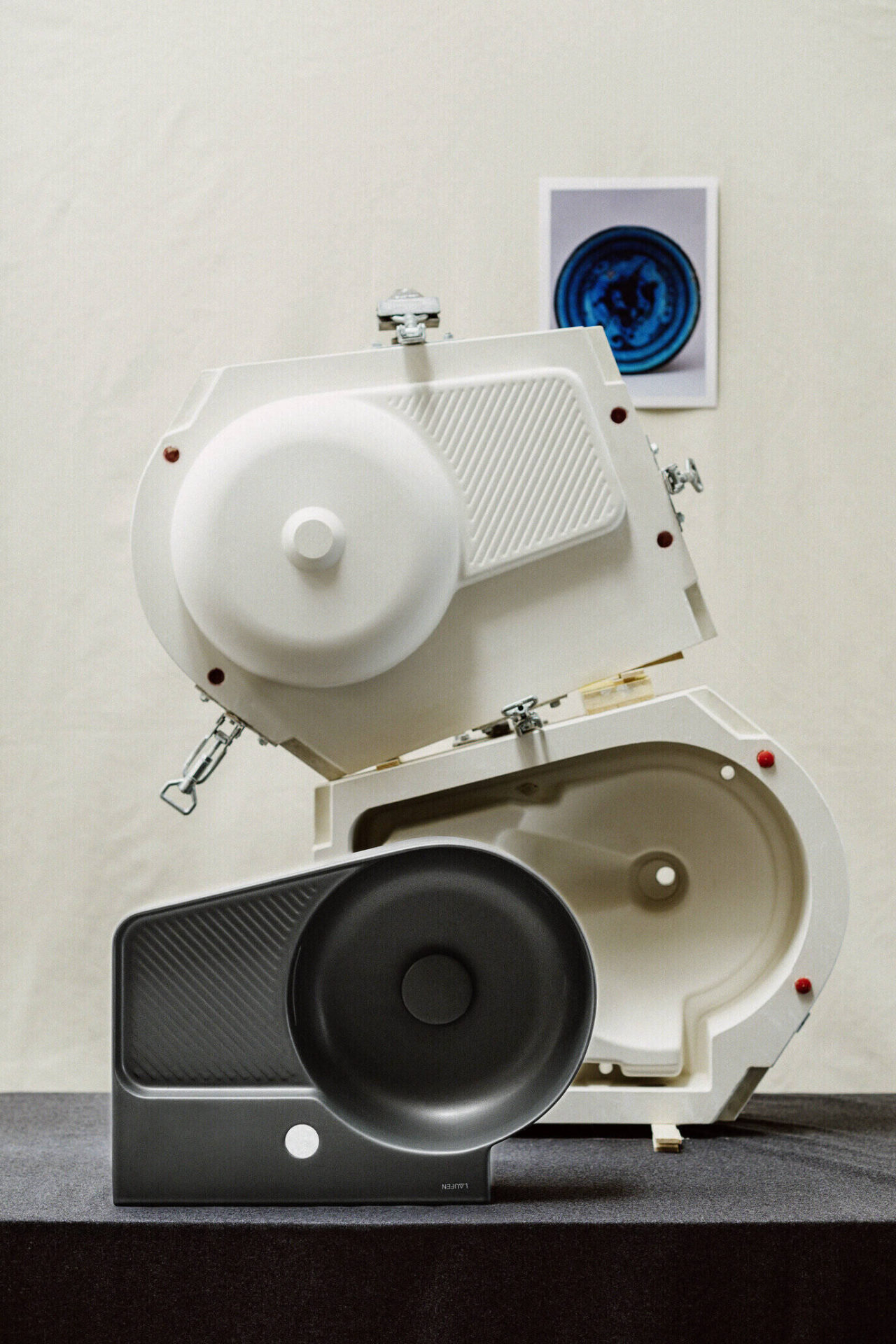
Complimenting Laufen’s research-driven design ethos is Sironi’s hands-on craftsmanship. His creations are often marked by a narrative dimension interwoven with anthropological, archaeological, and geographical inspirations, all of which heavily inspire Colour Archeology.
The 12-colour palette for its ceramics follows three years of research from Sironi, which is nothing short of exhaustive, analysing over 10,000 archaeological finds from prestigious museums around the globe.
From the vibrant blues of Ancient Egypt to the earthy reds of Roman sealed earth, each hue tells a story of craftsmanship and cultural significance. Take, for instance, the Burnt Orange, reminiscent of the sun-soaked landscapes of Rome, or the Andean Purple, evoking the opulence of pre-Columbian ceramics.

Then there’s the Red Ochre, one of the earliest mineral pigments used in ceramics, and the Reddish Patina, an intense hue reminiscent of Kofun ceramics from ancient Japan. As the journey through antiquity continues, we encounter the Ancient Mud, echoing the earthenware of Aztec civilizations, and the Dusty Pink, a hue that whispers of West African and Mesopotamian civilizations.
Each colour in the palette is a testament to the ingenuity and artistry of ancient cultures. But the exploration doesn’t stop there. The Colour Archaeology exhibition unfolds as a visual narrative of unparalleled craftsmanship curated by Roberto Sironi with Beda Achermann and Matteo Fiorini – Studio Lys.
The exhibition begins in the courtyard, where artistic ceramics crafted by Roberto Sironi in collaboration with ceramist Luca Mandaglio are displayed. In these artefacts ancient techniques converge with modern forms to create spellbinding compositions.
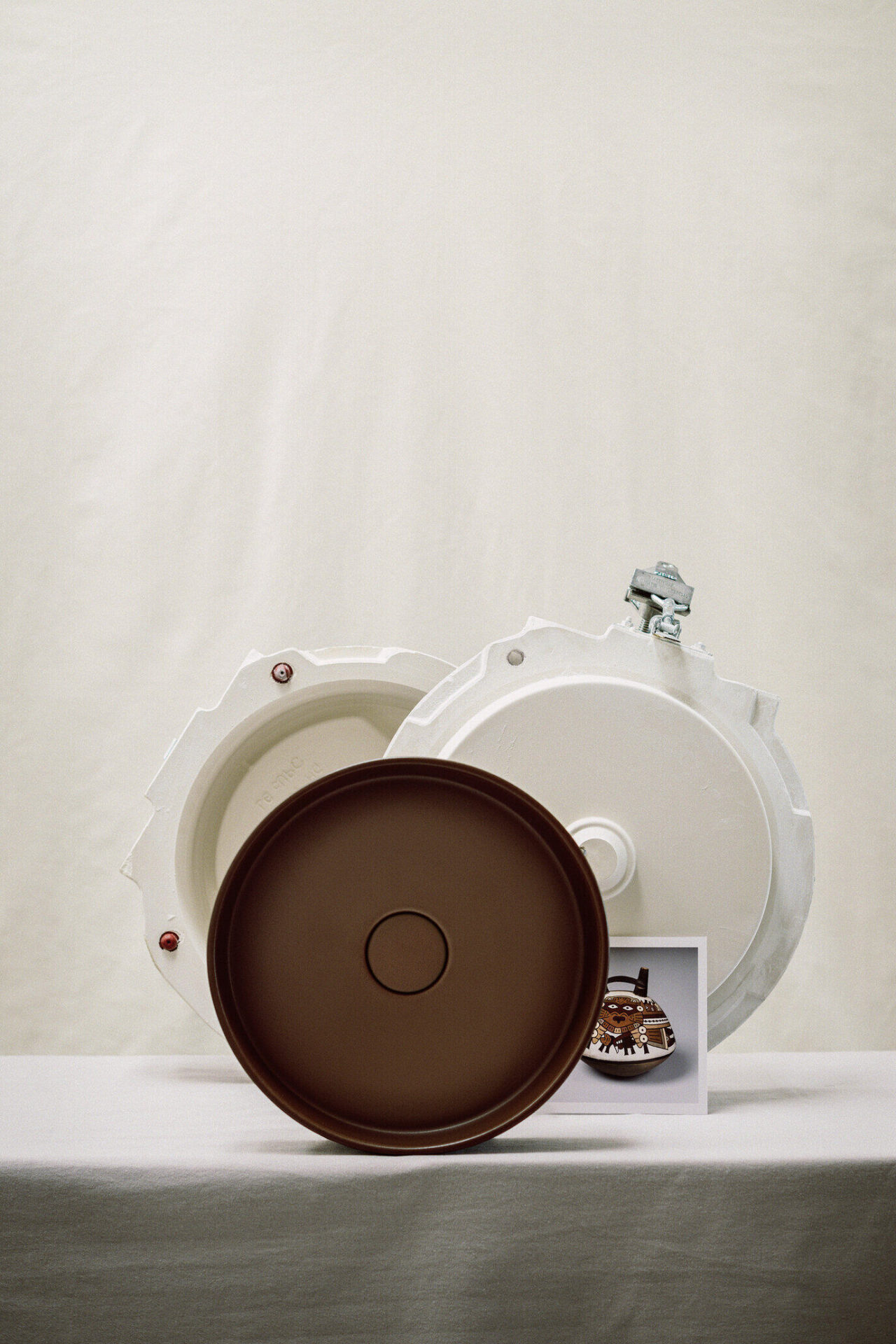
On the second floor the visuals created by graphic designer Beda Achermann reimagine archival ceramics alongside Laufen’s contemporary production processes and set the stage for a captivating dialogue between past and present.
“Colour Archaeology is a multidisciplinary project bridging art, design, archaeology, and the history of colour, analysing ancient ceramic productions from a chromatic perspective, spanning from 4000 BCE to 1500 CE,” explains Sironi.
“The project unfolds through the study and chromatic classification of thousands of ceramic works from the databases of the most important international archaeological museums, where the most refined and sought-after hues of the ancient world translate into a palette of twelve colours, each in dialogue with a specific ceramic production.”
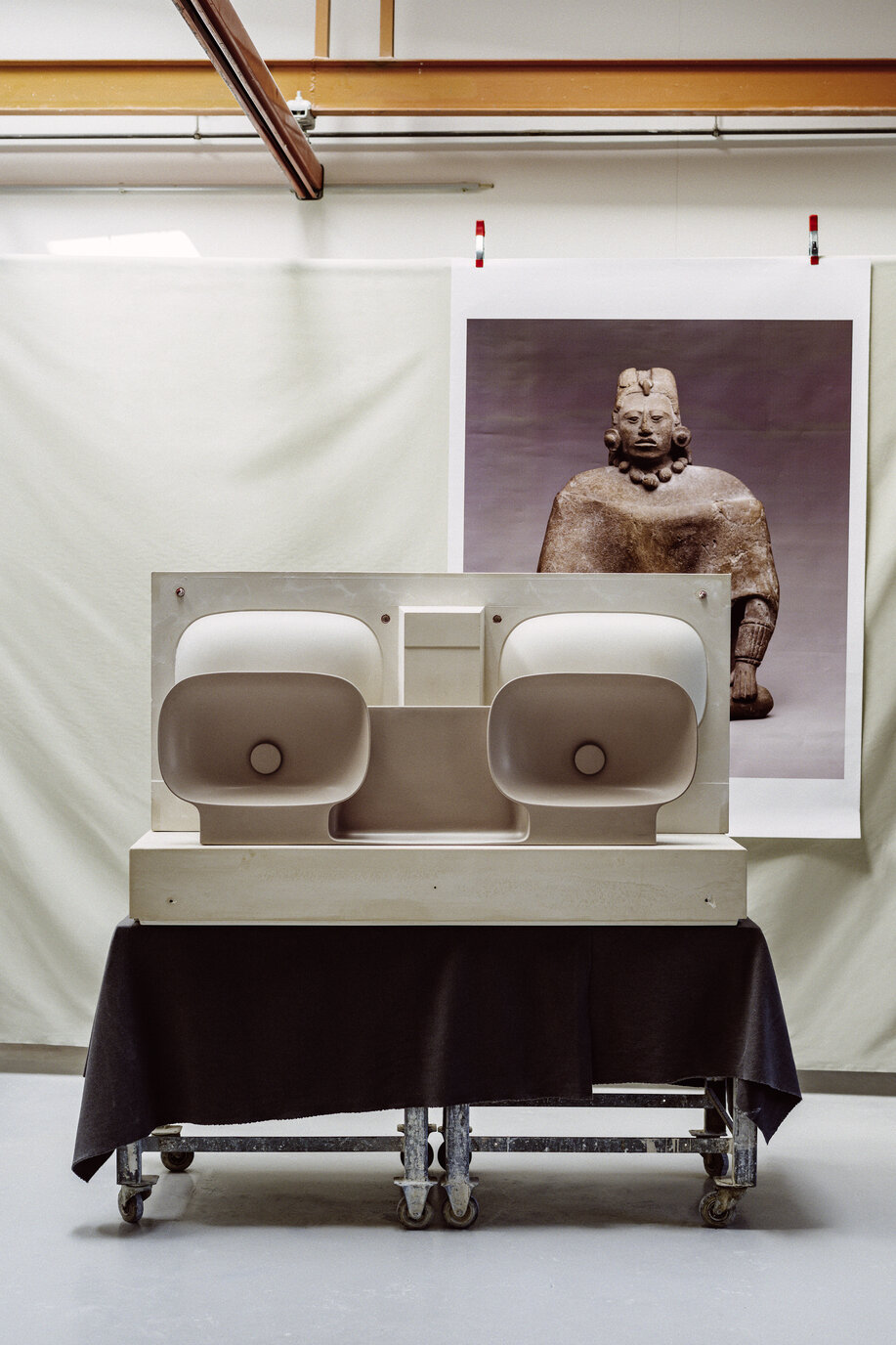
“These colours evoke temporal fragments and specific geographies, alchemical discoveries, and refined aesthetics, a spectrum of hues subjectively reinterpreting the archaeological perspective, designed today as yesterday to be applied to ceramics, to enter domestic spaces and express an affinity, a feeling.”
In the final act of the exhibition, Laufen‘s iconic pieces, shown in the hues of the new palette, come together to form immersive environments that are both evocative and sophisticated.
From the earthy tones of Babylonian Sand to the charming greens of Celadon and Jade, each hue in the palette offers a glimpse into the cultural, religious, and social archetypes of civilizations long past. And like Le Corbusier’s Polychromie Architecturale, Colour Archaeology transcends time, offering a palette that retains its value and expressive power well into the future.
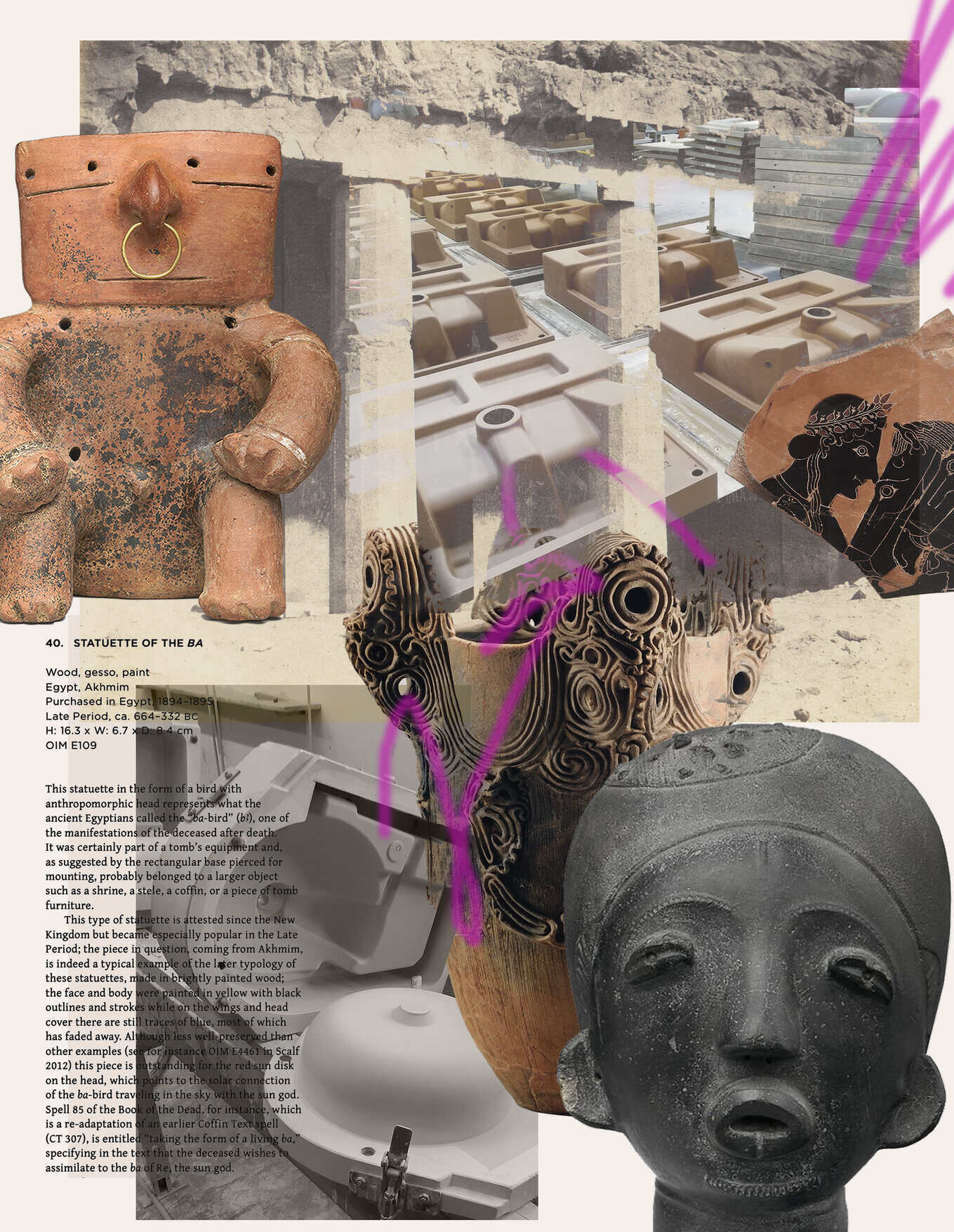
“Ceramic is a matter of earth, water, air and fire, where the chromatic dimension is generated through an alchemical process in which elements combine according to multiple variables,” says Laufen.
“Colour becomes an aesthetic characteristic of a specific historical production, such as for Etruscan bucchero, reflecting geography as in Mesopotamian productions characterised by the colour of the clay from the Tigris and Euphrates basin, or technological advancement as in the case of Egyptian blue, the first synthetic colour in human history.
“Colour as a status symbol, as in the case of Chinese imperial dynasties translating the colour of jade into Celadon glazes, or as a philosophical expression in Japanese productions of the Muromachi period, which reworked natural colours according to the aesthetic principles of wabi-sabi”, adds Roberto Sironi.
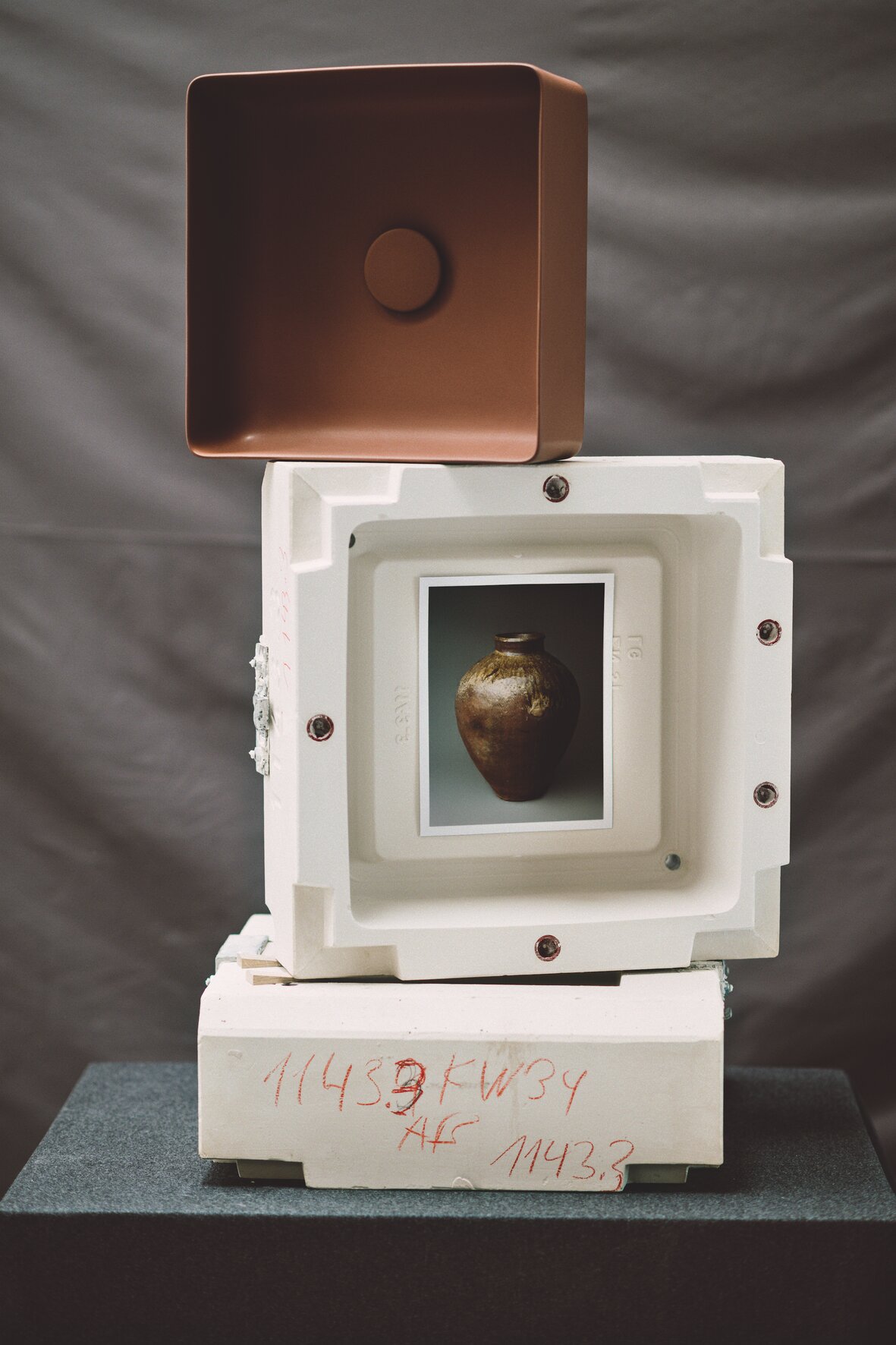
As the Colour Archaeology exhibition travels beyond Milan, gracing Laufen spaces in Vienna, Berlin, Madrid, and Prague, it invites visitors on a journey of wonder and inspiration. Through this harmonious fusion of art, history, and design, the brand invites us to explore the vibrant tapestry of our shared heritage, one hue at a time.
Colour Archaeology will be exhibited from 15 to 21 April 2024 at Laufen space Milano, Via Manzoni, 23, 20121 Milan, Italy.
The event’s press preview takes place from 10:00am to 6:00pm on 15 April. The event is then open from 11:00am to 9:00pm from 16 to 20 April and 11:00am to 5:00pm on 21 April.










